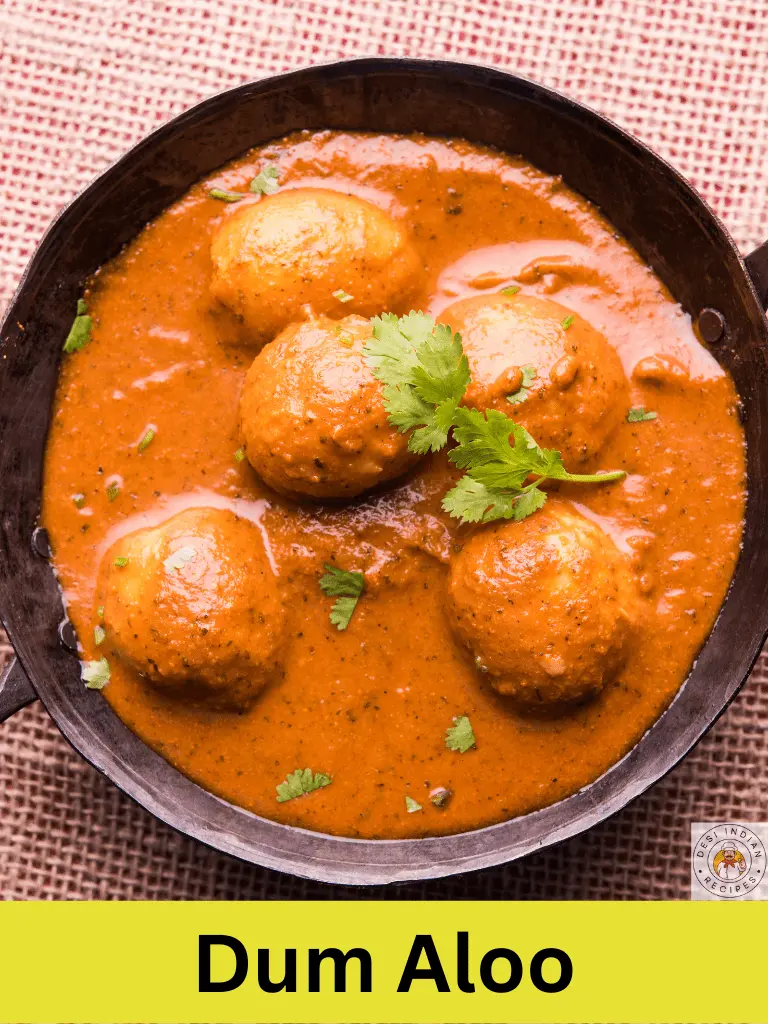
0
Add to Favorites
Healthy
Nut-Free
 Vegetarian
Vitamin Rich
Vegetarian
Vitamin Rich

0
Add to Favorites
Tasty
Nut-Free
Soy Free
 Vegetarian
Vegetarian

0
Add to Favorites
Delicious
Nut-Free
Quick Meals
Soy Free
 Vegetarian
Vitamin Rich
Vegetarian
Vitamin Rich

0
Add to Favorites
Tasty
 Vegetarian
Vegetarian

